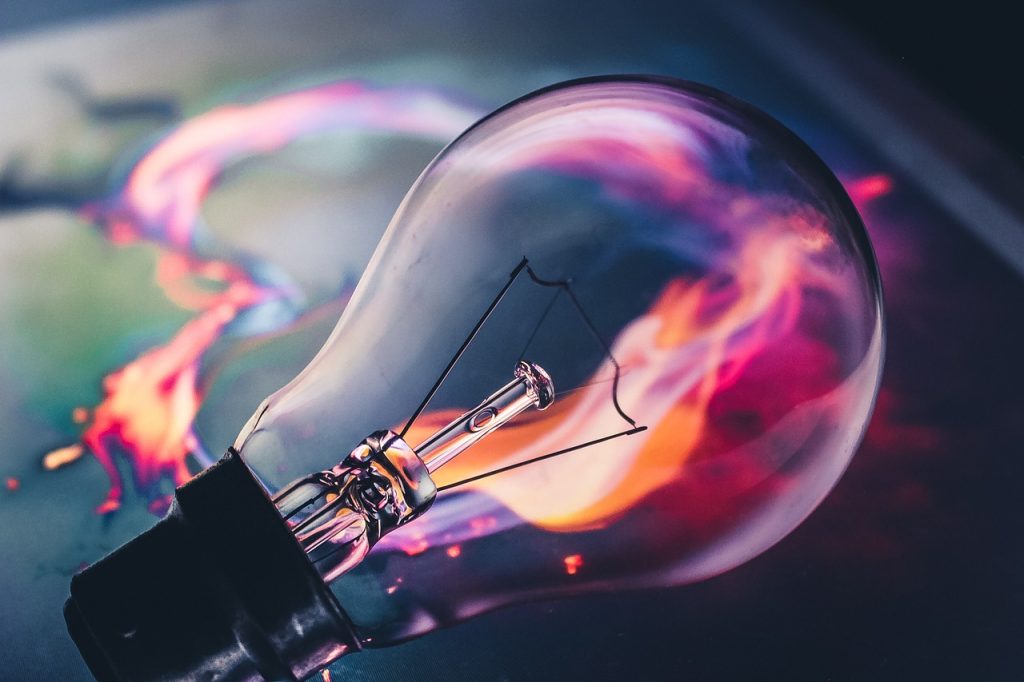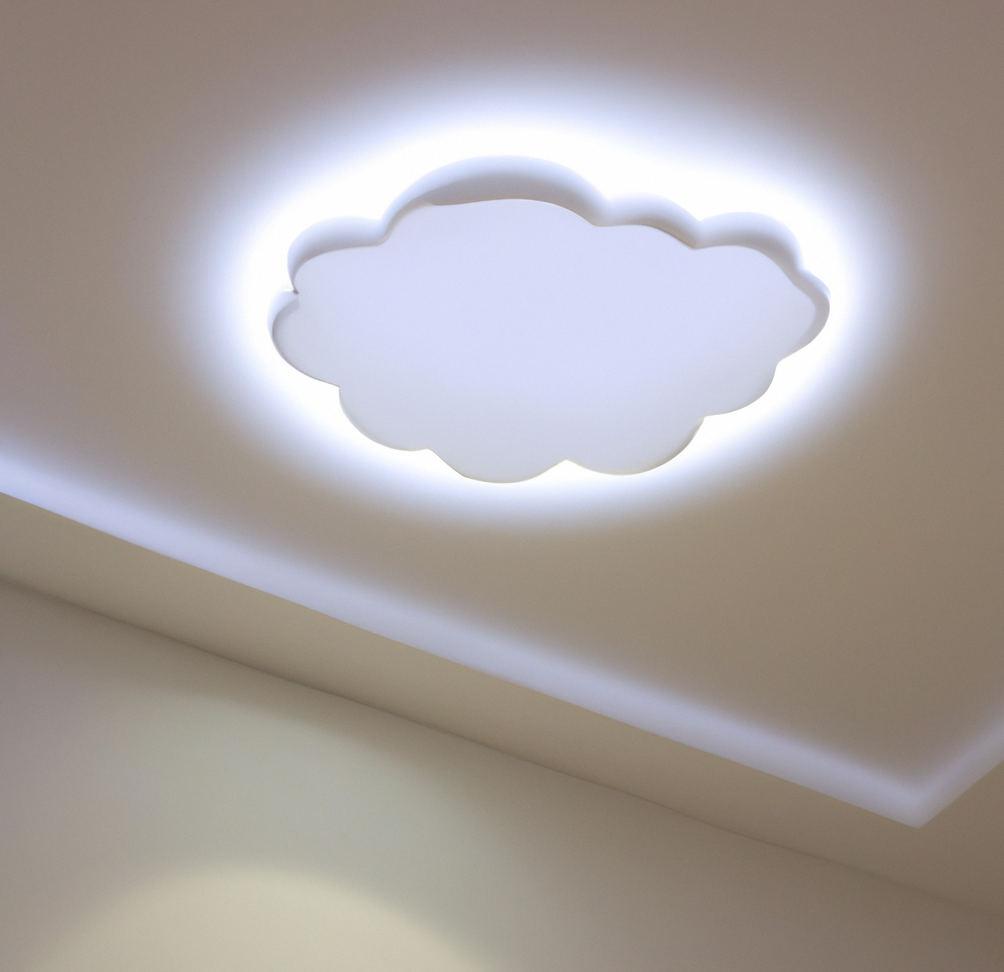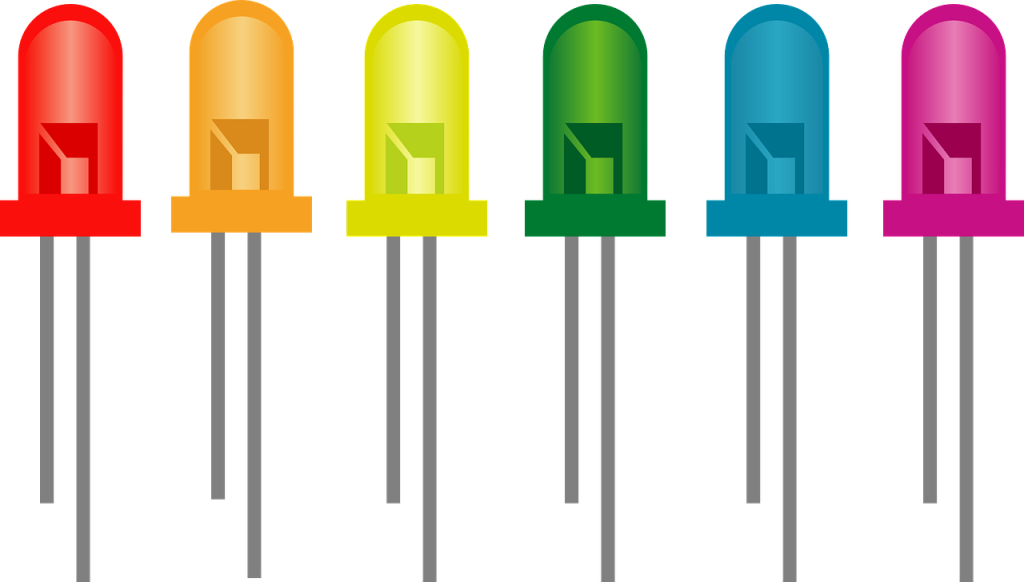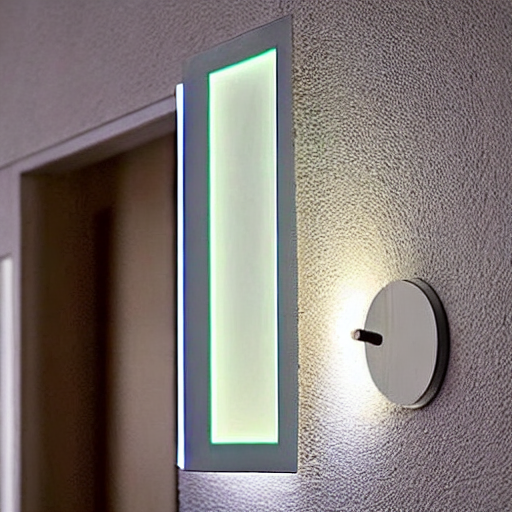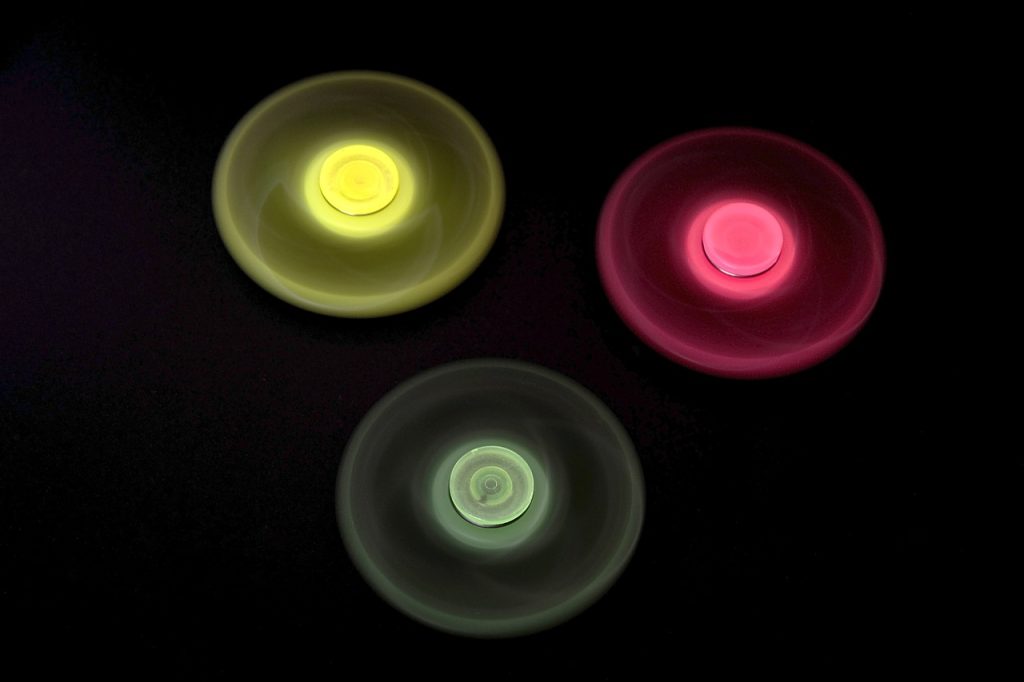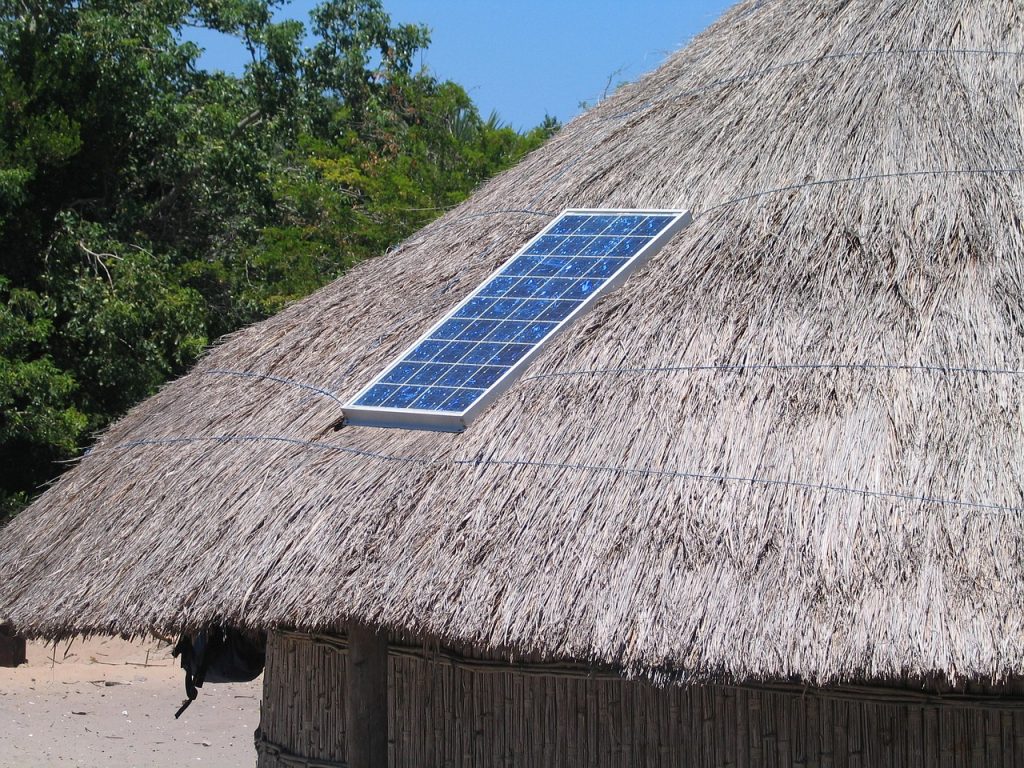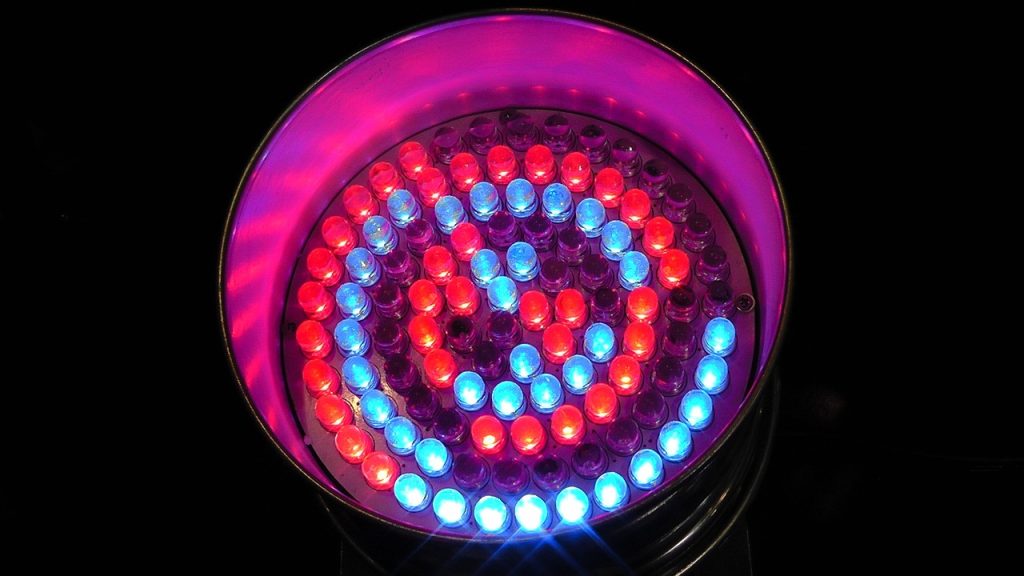- CFL Lights or LEDS?
- Key Takeaways
- CFL Bulbs and Their Pros and Cons
- Embracing Candlelight: A Traditional Alternative to LED Lighting
- Harnessing Natural Light: The Sun as a Substitute for LED Lighting
- Illuminating the Night: Exploring the Moon as a Lighting Source
- Environmental Considerations: Comparing CFL Bulbs, Candlelight, Sun, and Moon
- Creating the Perfect Atmosphere: Lighting Alternatives to LED
- Making Informed Choices: Evaluating the Benefits and Drawbacks of CFL Bulbs, Candlelight, Sun, and Moon
- Frequently Asked Questions
- How Do CFL Bulbs Compare to LED Lighting in Terms of Energy Efficiency?
- Are There Any Health Risks Associated With Using Candlelight as a Lighting Source?
- Can the Sun Be Relied Upon as the Sole Lighting Source in All Geographic Locations?
- What Are the Environmental Impacts of Using CFL Bulbs, Candlelight, Sun, and Moon as Lighting Alternatives?
- How Do CFL Bulbs, Candlelight, Sun, and Moon Differ in Terms of Their Ability to Create a Specific Ambiance or Atmosphere?
Looking for alternatives to LED lighting? Look no further! This informative article explores the pros and cons of CFL bulbs, candlelight, the sun, and even the moon as possible substitutes. You know that we LOVE LED lights for our DIY projects around here but we won’t be so bold to say that they are the best for every single usage case. Don’t worry as we always try to look at all the alternatives available because honestly if LEDs arent the best for your project why would we suggest it? You get a sub par result and don’t come back, so check out our full guide to finding the right light source for your project.
CFL Lights or LEDS?
While CFL bulbs may be a competitor to LED lighting, their mercury content and disposal requirements raise concerns.
Candlelight, on the other hand, offers a cozy and romantic atmosphere but poses fire hazards.
Harnessing natural light from the sun through more windows is an option, but heat and UV light blockers are essential.
And while the moon has been used for centuries, its inconsistent lighting requires careful planning.
Ultimately, LED lighting remains the recommended choice, considering its cost-effectiveness, safety, and availability.
Key Takeaways
- CFL bulbs are a competitor to LED lighting and need to be properly disposed of due to containing mercury.
- Candlelight can create a cozy and romantic atmosphere but can also be a fire hazard and contribute to higher heating and cooling bills.
- The Sun can be an alternative light source by installing more windows with heat and UV light blockers, but it is ideal for sunny climates without adverse weather conditions.
- The Moon can be a major lighting source at night but planning ahead is necessary during its transitions.
CFL Bulbs and Their Pros and Cons
CFL bulbs are a competitor to LED lighting. However, they contain mercury, which can be harmful if the bulb breaks.
When comparing energy efficiency, LED lighting is more efficient than CFL bulbs. LED bulbs use less energy and have a longer lifespan, resulting in significant energy savings over time.
In terms of environmental impact, CFL bulbs have a higher carbon footprint due to the mercury content. This mercury can pollute the environment if not properly disposed of.
On the other hand, LED bulbs are mercury-free and do not contribute to environmental pollution.
Disposal methods for CFL bulbs can be time-consuming and require special handling to prevent mercury leakage.
LED bulbs, on the other hand, can be safely disposed of in regular waste.
Overall, LED lighting is a more energy-efficient, environmentally friendly option compared to CFL bulbs.
Embracing Candlelight: A Traditional Alternative to LED Lighting
People have long embraced the warm and intimate glow of candles as an alternative to modern lighting options. Despite the convenience of LED lighting, candlelight offers a unique ambiance that cannot be replicated.
Here are some pros and cons of using candlelight:
- Pros:
- Creates a cozy and romantic atmosphere
- Provides a calming and soothing effect
- Enhances the aesthetics of any space
- Cons:
- Candle flames pose a fire hazard if not monitored properly
- Candles emit heat, which can contribute to higher heating and cooling bills
- Requires regular maintenance, such as trimming wicks and replacing candles
Safety considerations when using candlelight include keeping candles away from flammable materials, using proper candle holders, and never leaving candles unattended. It is important to exercise caution and follow safety guidelines to prevent accidents and ensure a pleasant candlelit experience.
Harnessing Natural Light: The Sun as a Substitute for LED Lighting
Harnessing the natural light from the sun can provide a sustainable and cost-effective alternative to artificial lighting options. Maximizing natural light in your home can be achieved through a few simple tips.
First, consider installing larger windows or skylights to bring in more sunlight. Additionally, using light-colored paint on walls and ceilings can help reflect and distribute natural light throughout the space.
Sustainable lighting solutions can also be achieved by incorporating solar panels for energy-efficient lighting. By harnessing the power of the sun, solar panels can generate electricity to power LED lights, reducing reliance on traditional energy sources. This not only helps to reduce carbon emissions but also lowers energy costs in the long run.
Embracing natural light and utilizing solar panels are effective ways to create a well-lit and environmentally-friendly home.
Illuminating the Night: Exploring the Moon as a Lighting Source
Maximizing the moon’s natural glow can provide a soothing and enchanting lighting experience during the nighttime hours. Moonlight has been used as a lighting source for centuries and continues to captivate people with its mystical and serene ambiance.
Exploring moonlight’s impact on sleep quality reveals that exposure to natural light, such as moonlight, can help regulate our circadian rhythm and improve sleep.
Harnessing moonlight for outdoor activities can create a unique and magical atmosphere, perfect for gatherings or stargazing. Additionally, moonlight can be a cost-effective and eco-friendly alternative to artificial lighting.
Whether it’s a peaceful night’s sleep or an outdoor adventure, embracing the moon’s gentle glow can enhance our overall well-being and create unforgettable experiences.
Environmental Considerations: Comparing CFL Bulbs, Candlelight, Sun, and Moon
Comparing the environmental impact, CFL bulbs, candlelight, the sun, and the moon each offer unique considerations when it comes to lighting choices.
CFL bulbs, although energy-efficient, have a negative environmental impact due to the presence of mercury. Proper disposal is essential to prevent harm, but it can be time-consuming.
Candlelight, while nostalgic and romantic, emits heat and poses a fire hazard.
The sun, as a natural light source, can be harnessed by maximizing natural light through windows. However, this may increase heating and cooling costs if not properly managed.
The moon, another alternative, provides a mystical ambiance, but its lighting can be inconsistent during its transitions.
Creating the Perfect Atmosphere: Lighting Alternatives to LED
Incorporating color temperature is an essential aspect of creating the perfect atmosphere through lighting alternatives to LED. By exploring different lighting hues, individuals can customize the ambiance of their space to suit their preferences and needs. From warm, cozy tones to cool, energizing hues, the possibilities are endless.
Another way to enhance the atmosphere is by utilizing smart technology. Implementing smart lighting systems allows for customizable lighting experiences. With the use of smart bulbs and connected devices, individuals can easily adjust the brightness, color, and even schedule lighting changes to match different activities or moods.
In addition to color temperature and smart technology, the placement and direction of light sources also play a crucial role in creating the desired ambiance. By strategically positioning lights and using fixtures that allow for adjustable angles, individuals can optimize the lighting in their space to create the perfect atmosphere.
Making Informed Choices: Evaluating the Benefits and Drawbacks of CFL Bulbs, Candlelight, Sun, and Moon
Evaluating the benefits and drawbacks of different lighting options requires careful consideration of factors such as environmental impact, cost, and convenience. When evaluating energy efficiency, safety, and convenience, CFL bulbs, candlelight, the Sun, and the Moon all have their pros and cons. CFL bulbs are a competitor to LED lighting, offering energy efficiency but posing safety concerns due to the presence of mercury. Candlelight creates a cozy atmosphere but can be a fire hazard and contribute to higher energy bills. The Sun can provide natural light, but proper window treatments are needed to prevent excessive heating or cooling. The Moon offers a mystical ambiance but can be inconsistent in its lighting. Overall, LED lighting is recommended for its cost-effectiveness, safety, and energy efficiency. The following table summarizes the benefits and drawbacks of each lighting option:
| Lighting Option | Benefits | Drawbacks |
|---|---|---|
| CFL Bulbs | Energy efficient | Contains mercury |
| Candlelight | Cozy atmosphere | Fire hazard |
| The Sun | Natural light source | Excessive heat |
| The Moon | Serene ambiance | Inconsistent lighting |
Frequently Asked Questions
How Do CFL Bulbs Compare to LED Lighting in Terms of Energy Efficiency?
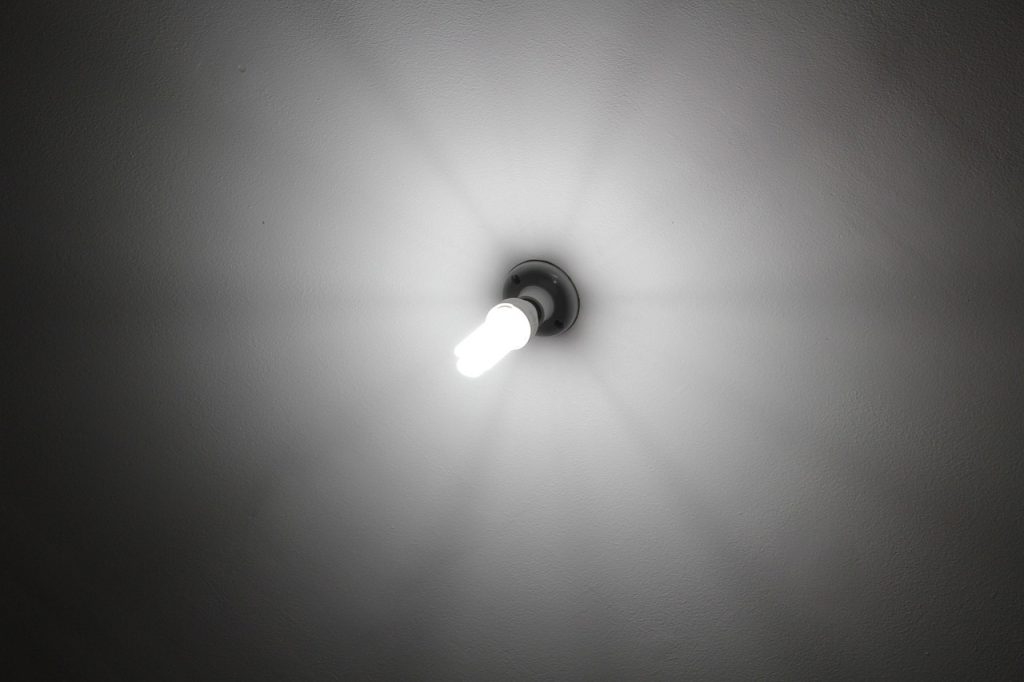
CFL bulbs are less energy efficient compared to LED lighting. LED lights use less electricity, produce less heat, and have a longer lifespan. LED lighting is the preferred option for energy efficiency.
Are There Any Health Risks Associated With Using Candlelight as a Lighting Source?
Using candlelight as a lighting source can have psychological effects, creating a cozy and romantic ambiance. However, it can also pose health risks, such as fire hazards and increased heating and cooling bills due to the emitted heat.
Can the Sun Be Relied Upon as the Sole Lighting Source in All Geographic Locations?
The Sun cannot be relied upon as the sole lighting source in all geographic locations due to limitations in remote areas. Artificial lighting plays a crucial role in urban environments where relying solely on solar power is impractical.
What Are the Environmental Impacts of Using CFL Bulbs, Candlelight, Sun, and Moon as Lighting Alternatives?
Using CFL bulbs, candlelight, the sun, and the moon as lighting alternatives can have various environmental impacts. These alternatives may affect energy consumption and the overall environmental sustainability of a location.
How Do CFL Bulbs, Candlelight, Sun, and Moon Differ in Terms of Their Ability to Create a Specific Ambiance or Atmosphere?
CFL bulbs vs. candlelight: CFL bulbs are more cost-effective due to their longer lifespan and energy efficiency. Sunlight vs. moonlight: Sunlight boosts mood and productivity while moonlight creates a calming ambiance.
